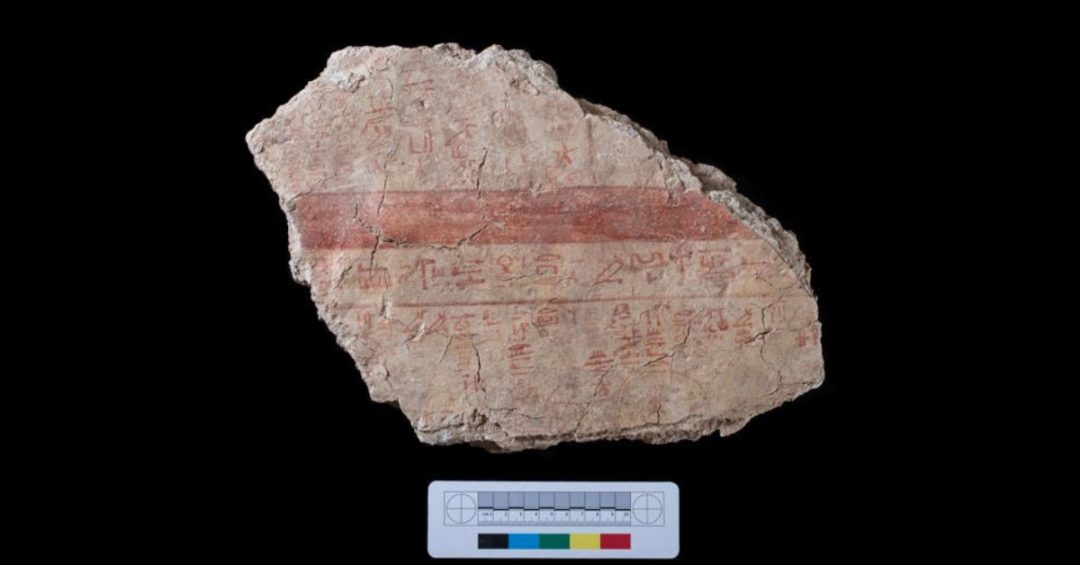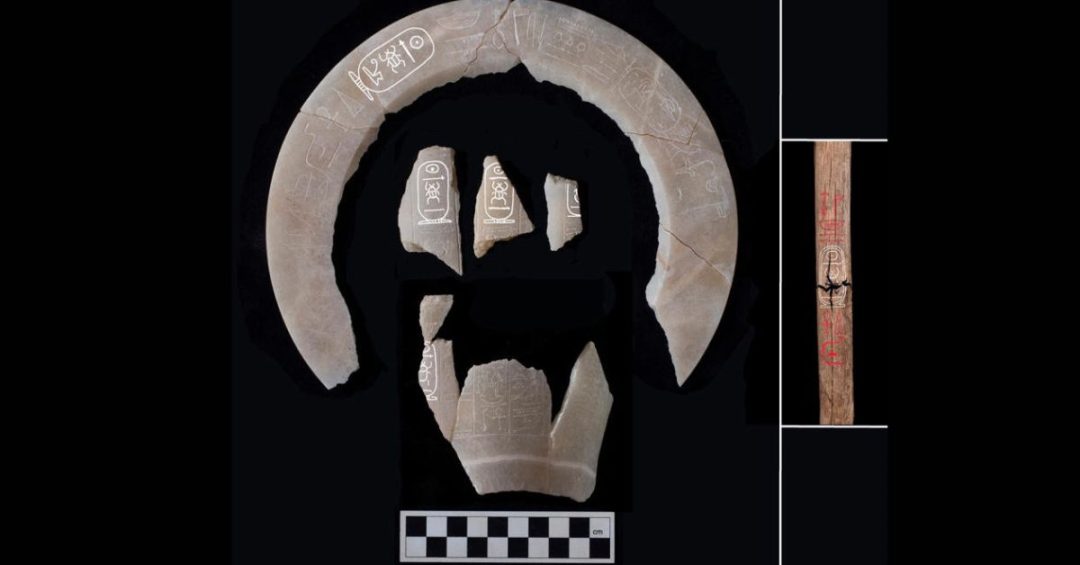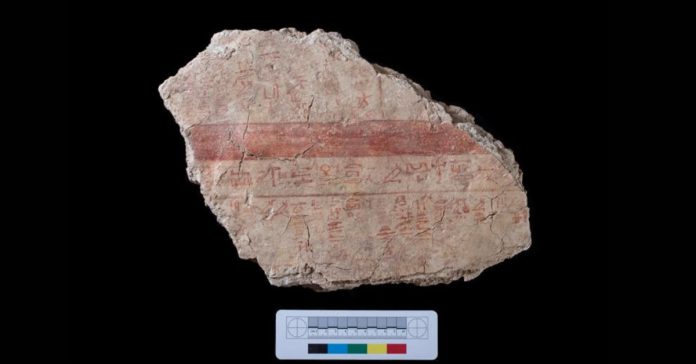A groundbreaking discovery by a British-led archaeological team has reignited excitement in Egyptology. Researchers are closing in on a second ancient burial site. Believed to lie 23 meters beneath an artificial mountain in Egypt’s Western Valleys. The announcement follows the recent unearthing of the tomb of Thutmose II, a pharaoh of the 18th dynasty. This represented the first discovery of a royal find since archaeologists revealed Tutankhamun’s tomb in 1922.
Led by archaeologist Piers Litherland, the team initially located Thutmose II’s tomb near a waterfall in the Theban Necropolis. While initially mistaken for a royal consort’s burial site due to its proximity to known queens’ tombs. The structure’s grand staircase and elaborate wall art, featuring scenes from the Amduat, a funerary text exclusive to pharaohs, confirmed its royal significance. Artifacts such as inscribed alabaster jars linking the tomb to Thutmose II and his wife, Hatshepsut, provided further evidence.

The Hunt for a Hidden Chamber
Six years after Thutmose II’s burial, flooding prompted officials to hastily empty the first tomb and relocate the relics to a secondary site.Clues from inscriptions point to Hatshepsut, the pharaoh’s half-sister and spouse, overseeing the transfer. Now, researchers believe this second tomb has remained concealed for 3,500 years. Beneath layers of limestone debris, plaster, and rubble designed to mimic natural terrain.
“Beneath 23 meters of meticulously layered material, we’re confident a monumental structure exists,” Litherland explained. “The scale of effort to mask it strongly suggests it’s Thutmose II’s true resting place, potentially holding his mummy and funerary treasures.”

Excavation Challenges and Timeline
Accessing the site has proven perilous, with unstable overhangs hindering manual tunneling. “We’ve attempted multiple approaches but must proceed cautiously,” Litherland noted. The team estimates another month of careful excavation to safely reach the chamber.
Historical Context and Collaboration
Hatshepsut’s subsequent rule overshadowed Thutmose II’s reign (circa 1493–1479 BCE).During which she emerged as one of Egypt’s most influential female pharaohs. The discovery, a collaboration between the University of Cambridge’s McDonald Institute, Egypt’s Ministry of Tourism and Antiquities. Along with the UK-based New Kingdom Research Foundation, sheds light on burial practices of early 18th dynasty rulers.
“This solves a longstanding mystery,” Litherland remarked. “Previous searches focused on the Valley of the Kings. Litherland continued “But Thutmose II’s tomb was hidden in plain sight, redefining our understanding of royal necropolises.”
As the team edges closer to the chamber, anticipation builds. “Discovering a pharaoh’s undisturbed remains is every archaeologist’s dream,” Litherland shared. “It’s akin to winning the lottery—thrilling yet surreal.” The team believes this 2nd tomb may contain the pharaohs mummy.
The findings not only illuminate Thutmose II’s legacy. But also underscore Hatshepsut’s pivotal role in preserving his memory, offering fresh insights into Egypt’s New Kingdom era. Come back to AncientHistoryX for updates.

